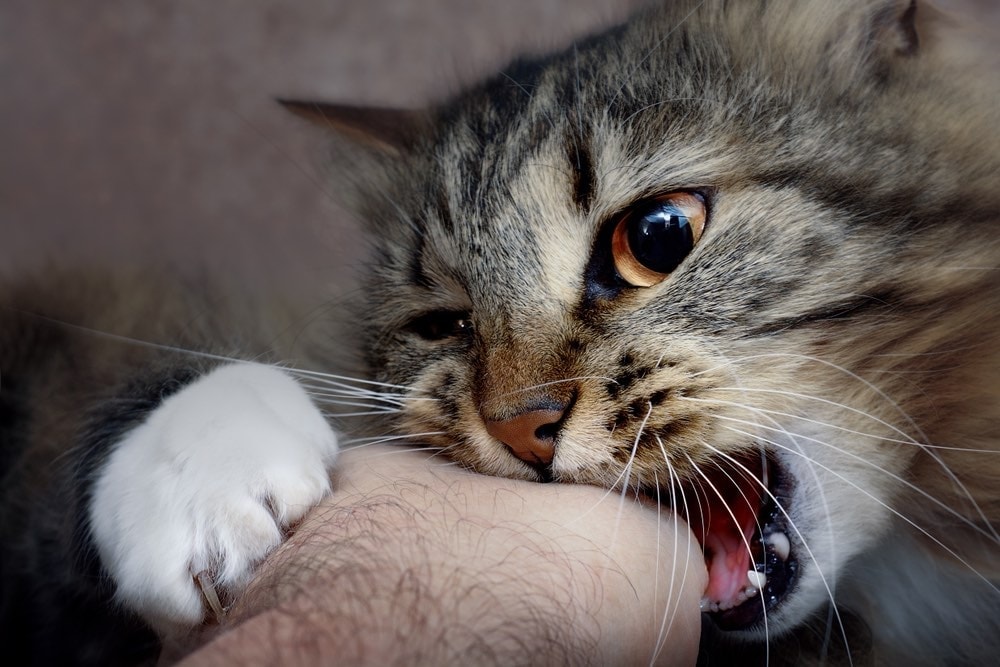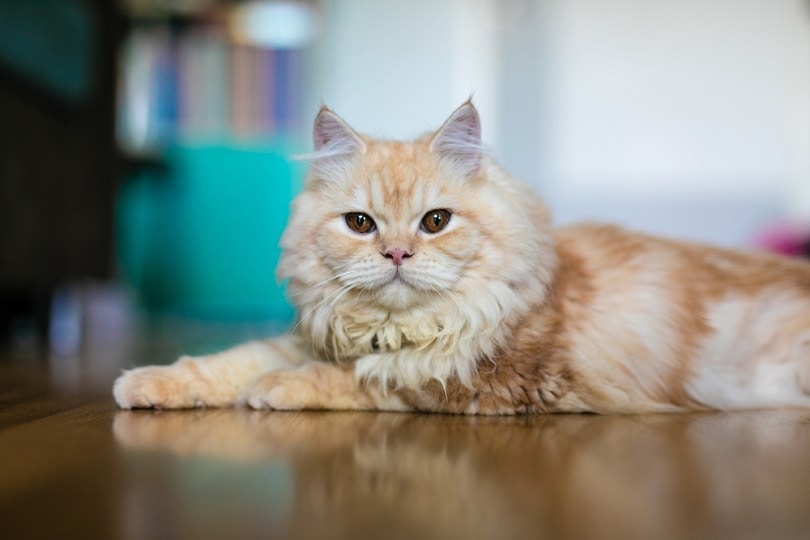Ocicat vs Bengal: The Differences (With Pictures)
Updated on

Click to Skip Ahead
Ocicats and Bengals are exceptionally similar. However, they do have a few key differences that you may want to keep in mind. That said, if a Bengal cat works well in your home, the odds are that an Ocicat will as well—and vice versa. Despite being very similar, both cats were developed in completely different ways.
An Ocicat is a mix between an Abyssinian and a Siamese cat. This cross led to a spotted cat that looks a lot like a wild cat. However, there isn’t actually any wild feline genetics in this cat’s DNA. A Bengal cat does have wild genetics, though, as it is a cross between an Asian leopard cat and a domestic cat.
It’s from these differences in DNA that their differences originate from.
Visual Differences

At a Glance
- Average height (adult): 9–11 inches
- Average weight (adult): 6–15 pounds
- Lifespan: 10–15 years
- Exercise: Moderate
- Grooming needs: Low
- Family-friendly: Yes
- Other pet-friendly: Yes
- Trainability: Highly trainable
- Average height (adult): 14–18 inches
- Average weight (adult): 8–15 pounds
- Lifespan: 12–16 years
- Exercise: High
- Grooming needs: Low
- Family-friendly: With older kids
- Other pet-friendly: Yes
- Trainability: Moderately trainable
Ocicat Overview
Ocicats may look wild, but they do not have a drop of wild blood in their bodies. Instead, they’re completely domestic and were created using only domestic breeds.

Origin
These cats were developed in the 1960s by Virginia Daly. She was attempting to create a Siamese-like cat that had the tabby markings of an Abyssinian. She didn’t meet this goal, but she did stumble across the spotted coat seen on the Ocicat today. After a spotted kitten was born, she shifted focus and began developing the Ocicat.
Appearance
These cats are best known for their well-defined spots, unlike the rosettes of a Bengal. These spots can come in a dazzling array of colors, including black, tan, and even “lavender.” Their sleek, muscular body also looks quite wild and is likely a holdover from their Siamese heritage. These cats absolutely look like wild cats, but they aren’t wild in the least.
Temperament
Because they were only created using domestic bloodlines, these cats are very domesticated and make great pets. They are very playful and loyal to their families, as you might expect a Siamese cat to be. They’re often described as “dog-like” due to their tendency to follow their humans around the house and meow. They are not great for families that want a more laid-back feline.
We recommend these felines for those who tend to spend a lot of their time at home. They need a decent amount of attention, and they may become destructive if left alone for too long. If your house is empty for much of the day, these felines are not a good choice.
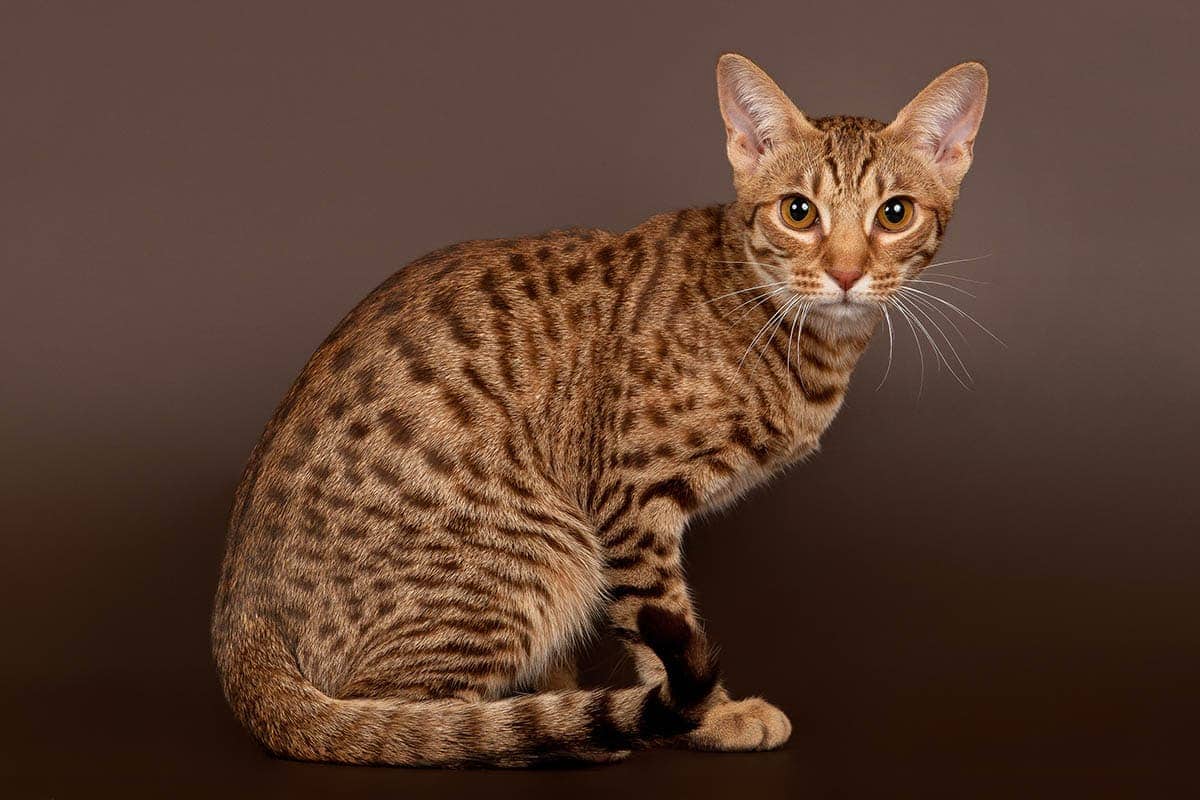
Needs
Ocicats aren’t high-maintenance, but they do need quite a bit of exercise. You should provide plenty of one-on-one playtime each day, especially since these cats are very affectionate. Vertical climbing opportunities are also important. Invest in many puzzle toys, too. These felines are smart, which also means that they can get pretty bored.
These felines do not need brushing or any grooming except in rare cases. Instead of brushing your cat, you’ll spend much of your time playing with them.
Suitable For:
Ocicats are very active, making them great for larger families that want a very interactive feline. They do well with children and often get along with other pets when socialized properly. They’re relatively low-maintenance, making them better fits for new cat owners.
These cats spend about 50% of their time playing and the other 50% lying around. Therefore, they’re a great option for those who want a cat that will play and cuddle. Of course, these percentages aren’t set in stone and will differ from cat to cat. Kittens tend to be very playful and then calm down as they get older.
Bengal Cat Overview
Bengal cats do have wild genetics, which causes them to be exceptionally energetic. They may also not do as well with small children, as they can be a bit too playful. This breed is much different from the stereotypical cat, so they need a very particular family to thrive.
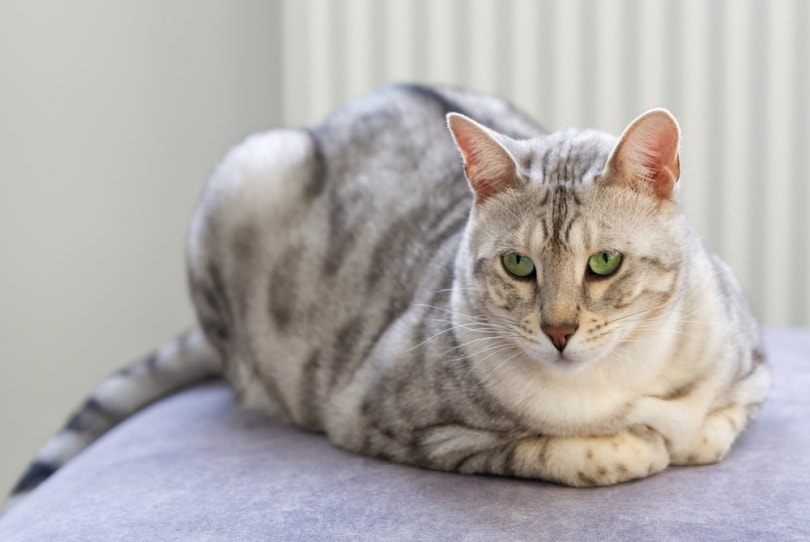
Origin
Like the Ocicat, the Bengal cat began in the 1960s. They were created by Jean Mill, who wanted to create a wild-looking domestic feline. She used an Asian leopard cat and selectively bred it to a domestic feline. We don’t know the exact type of domestic cat utilized, but several types of cats were likely utilized.
These felines still show a lot of their wild traits—in both their temperament and appearance. It’s important to keep this in mind when adopting them.
Appearance
A Bengal cat’s most attractive feature is its coat. These felines have very large rosettes, which make them look strikingly similar to wild cats. They look similar to leopards, as you might expect from their parentage.
These rosettes can come in many different colors. Brown is the most common. However, they also come in charcoal and even “snow.”
Temperament
Bengal cats spend most of their time running around. They’re exceptionally active and need plenty of opportunities to move. They don’t cuddle much—they simply don’t have time! Expect your Bengal cat to scale furniture and nap on top of your cabinets. There is no “out of bounds” for these felines. You’ll need to cat-proof your whole house from top to bottom.
These felines love to play and do best in a family that wants a playful feline. If you want a cat to cuddle, you should look elsewhere. However, because of their exceptionally playful nature, they do tend to chase around children. Therefore, homes with older kids are best.
Despite their wild heritage, Bengals also need lots of human interaction. They bore easily when left alone, so you should plan on being with them for much of the day. Still, they’re also very independent, which makes training very challenging. They like to make their own decisions.
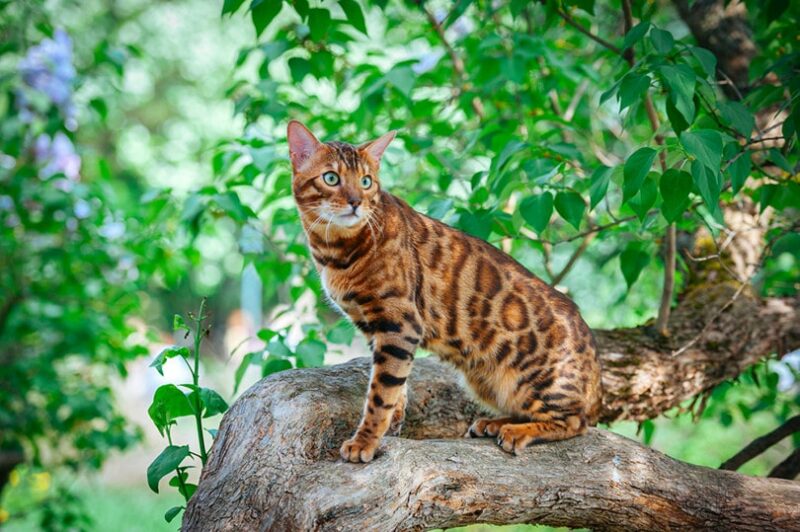
Needs
A Bengal’s main need is exercise. You’ll spend much of your life with this cat, trying to figure out how to wear them out. They’ll need plenty of toys and climbing space. Scaling furniture and leaping around the house should be expected. You should also plan out plenty of time to play with these cats. Their primary means of bonding with their human is through play.
You won’t need to spend much time grooming these cats, if any.
Suitable For:
Bengal cats are exceptionally active and do best in families that don’t want a cuddly cat. Older children are best, as they tend to chase humans around the house. Smaller children are at a higher risk of actually getting hurt.
Because of their high exercise needs and unique temperament, Bengals are best for experienced cat owners. We also recommend Bengal cats for larger homes. They need quite a bit of room to exercise, with plenty of vertical spaces and scratching posts. Smaller homes just can’t accommodate this need.
Which Breed Is Right for You?
To determine what breed is right for you, you’ll need to consider your preferences and lifestyle. If you want an exceptionally active cat, a Bengal may be best. However, for those who enjoy cuddling, an Ocicat is a better choice. If you have a smaller living space, an Ocicat would likely be most suitable, as Bengals do better when they have plenty of room to run around.
Ocicats tend to be more easygoing than Bengals, which allows them to get along with children and other pets. However, both breeds do require socialization to get along with others.
Luckily, both breeds are healthy and do not require much grooming. Instead, their difference mostly lies in the intensity of their athletic nature. Both are energetic, but Bengals are extremely energetic.
Featured Image Credit: (L) Vicky Gosselin, Shutterstock | (R) Seregraff, Shutterstock


